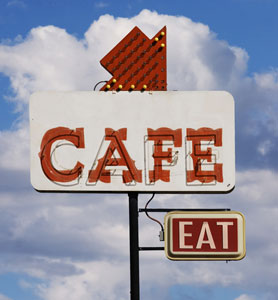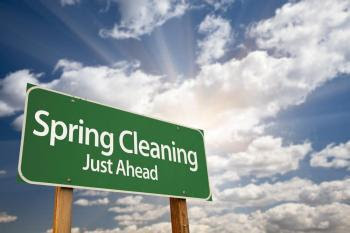But mindful that we are not weather-challenged, auto information company Edmunds.com has come out with a set of safety tips for Sun Belt drivers as we head into the rainy season.
Check your tire pressure: Tire pressure is important because traction declines in wet conditions. Also, a properly inflated tire will help protect against wheel damage that might occur as the vehicle drives over potholes. Read your owner's manual to find the correct tire pressure.
Inspect the wipers and check wiper fluid: Visibility is often compromised in the winter by rain and reduced daylight. The life expectancy of a wiper blade is one year. If your car's blades are older, replace them.
 Make sure your four-wheel drive system works: A big selling point for SUVs is that many offer four-wheel drive, which improves traction in snow and other slippery conditions. But many people don't use their 4WD systems very often, especially in places such as Southern California. Make sure the system engages and disengages smoothly, and that there are no strange noises emanating from the drive-train when the system is in use. If there are multiple drivers for your vehicle, make sure each of them knows how to operate the 4WD system.
Make sure your four-wheel drive system works: A big selling point for SUVs is that many offer four-wheel drive, which improves traction in snow and other slippery conditions. But many people don't use their 4WD systems very often, especially in places such as Southern California. Make sure the system engages and disengages smoothly, and that there are no strange noises emanating from the drive-train when the system is in use. If there are multiple drivers for your vehicle, make sure each of them knows how to operate the 4WD system.Carry an emergency kit: In earthquake-prone Southern California, this is a good idea for winter and the rest of the year. You can purchase a pre-assembled kit or do it yourself. Be sure to include:
- A flashlight, flares and a first-aid kit.
- Jumper cables, a tool kit and tire chains.
- A blanket, warm clothes, hat and gloves.
- Paper towels.
- A bag of abrasive material, such as sand, salt or non-clumping kitty litter. Use this for added traction when a tire is stuck.
- Extra washer fluid.
- Extra food and water.
Check your defoggers: Rain and dampness put windshield defoggers to the test. Make sure they are in working order and that all the drivers of the vehicle know how to operate them.
Source: http://latimesblogs.latimes.com/money_co/2011/10/winter-driving-tips-warm-weather-states.html





















